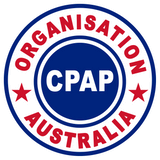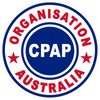Articles
Noninvasive ventilation is classified into two forms. The first is known as continuous positive airway pressure, or CPAP. The other is known as bilevel positive airway pressure, or BiPAP.
Obstructive Sleep Apnea is different from Central Sleep Apnea. Because the upper airway is not closed, the patient is not experiencing high negative intrathoracic pressures. There is less of a swing in intrathoracic pressure, and hence less of the preload-afterload impact seen with obstructive sleep apnea.
Pathophysiology is the medical term used to describe the process of why things go wrong. So, what is obstructive sleep apnea? It is the process of stopping breathing due to an obstruction.
"I snore, is this a sign that I have sleep apnea?" is one of the most frequently asked questions of sleep physicians. Not always. As is the case with many other facets of medicine, there is a spectrum of condition.
When Robert Macnish published his book The Philosophy of Sleep in 1834 there was little need for physicians to pay attention to the philosophy of sleep. Sleep was perceived as the intermediate stage between awake and death because you merely slept. There was nothing unique to worry about.
When you have Obstructive Sleep Apnea (OSA), your breathing will stop for short periods of time while you sleep. When you breathe in normally, air rushes in through your mouth, nose, and down your throat, also known as the pharynx.

